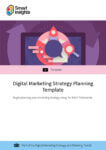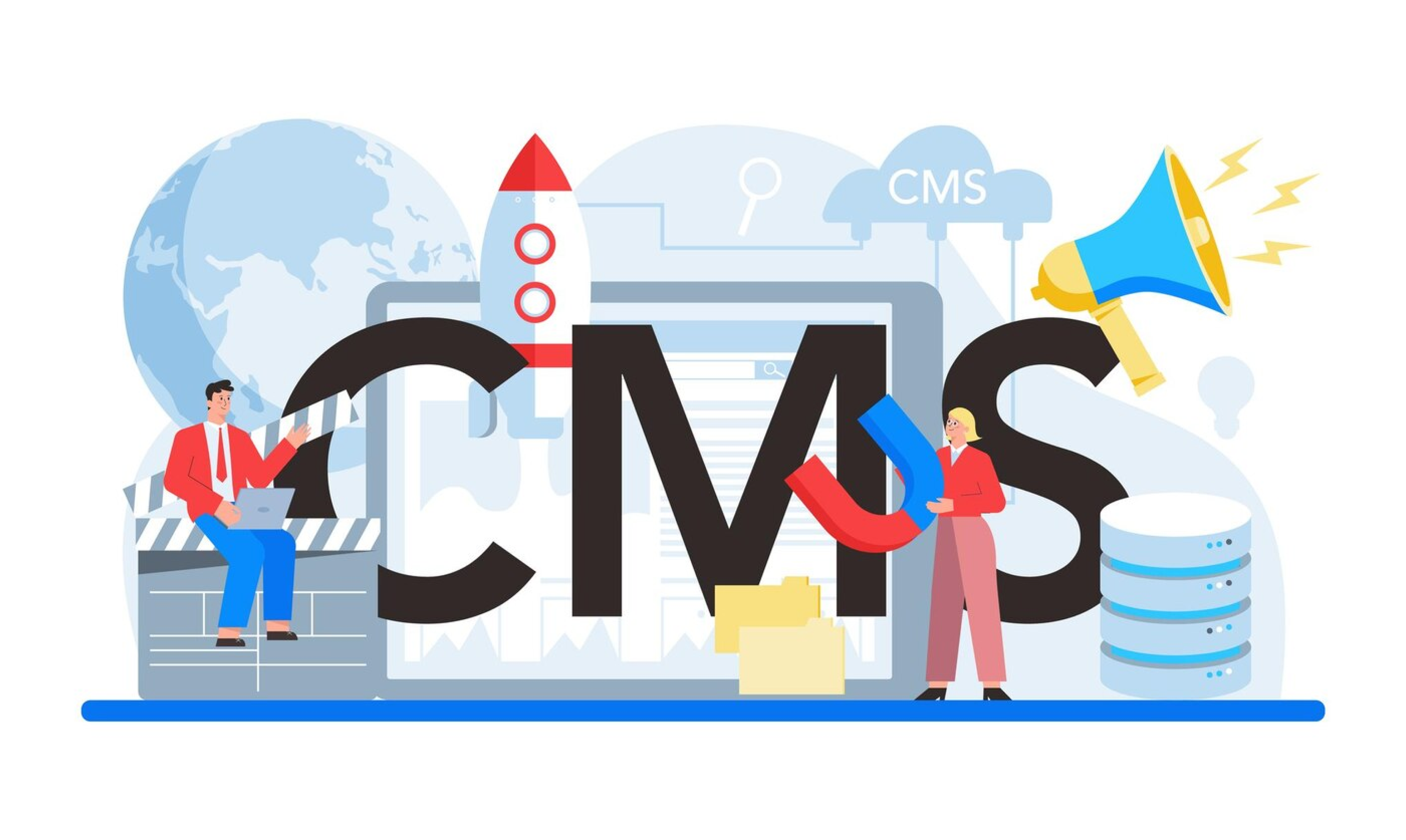I read recently that JC Penney is having problems converting the retail success of its new CEO, Ron Johnson, formerly the head of Apple’s retail monolith. In fact, Forbes reported losses of $203 Million in just the 3rd quarter and a drop in same-store sales (a barometer for retail health) of over 26%. These dismal figures point to a persistent problem that’s poorly understood by marketers — that category marketing requires businesses to employ strategies appropriate for their product category, with strategies used in other categories offering less success. Below, see the various categories, strategies, and messaging used in category marketing.

Analysts blame poor retail sales on Johnson’s change in management philosophy drawn from his days at Apple, where the concept of a sale was an anathema. He tried the same thing at JCP, supported by a media blitz highlighting the problems inherent with coupons, sales, and other sales promotions. Of course, customers, raised on a steady diet of sales, coupons, and promotions, weren’t having any of it.
So, why was the marketing strategy that succeeded spectacularly for Apple failed JCP? The answer lies in the fact that the two companies sell in different product categories to very different markets with different decision variables. When shopping for a computer or mobile phone, consumers use a very different decision-making process than when shopping for a new dress or cosmetics because they’re in very different product categories and these categories suggest a lot about how consumers think about, shop for, and respond to marketing efforts.
Product Categories
In general, we divide consumer products into 4 product categories:
- Convenience goods
- Shopping goods
- Specialty goods
- Unsought goods
Categorizing a product into a specific category isn’t absolute, as one consumer might categorize a product as a shopping good, for instance, while another categorizes the same good as a specialty good. That means you must research how the average consumer categorizes your product then build a strategy appropriate to that category.
5 steps in using product categories to optimize your success
- Understand how your target market categorizes a specific product.
- Use this categorization to determine the appropriate (most likely successful) marketing strategy for each of your brands.
- Implement your strategy.
- Test the impact of your product strategy on achieving goals — such as increased sales.
- Tweak your strategy to improve your results.
Category marketing: strategic fit
In this section, we go through each of the categories and discuss appropriate marketing strategies for each category. At the end of this section, we propose a rationale for why using a strategy that isn’t aligned with the category might fail and how to change the category of a product in consumers’ minds with an eye to improving performance for your brand.
 Image courtesy of Marketing Insider
Image courtesy of Marketing Insider
Convenience products
Convenience products are purchases frequently by consumers with little thought about the relative performance of individual brands. In fact, consumer choice among convenience goods is often a function of habit (rather than true loyalty) or awareness of a particular brand. Convenience goods are commonly low-involvement products such as toothpaste, bread, cleaning products, and many other items purchased on your weekly shopping trip.
Within the category of convenience products, we also find those where there’s no differentiation between products, such as produce. Because consumers consider freshness and ripeness among the salient criteria when purchasing produce the cost of branding doesn’t make much sense. Hence, most produce doesn’t feature a brand name.
The appropriate strategy for convenience products
- Low price – as consumers see all brands as pretty much the same and often make decisions based on which product is cheaper or use heuristics related to price.
- Intensive distribution – as consumers won’t go shopping around for your brand, you need to make sure it’s wherever they are. Stock-outs greatly impact profitability as consumers often readily switch to a competitor’s brand when yours isn’t available.
- Heavy advertising/ sales promotion – consumers aren’t “looking” for your brand, so you have to make sure they “see” your brand, remember your ad when shopping, and have an incentive to buy your product over those offered by your competition. Since consumers likely don’t see a major benefit to your brand over competitor brands, advertising often relies on emotions rather than cognitive decision-making.
- Little emphasis on brand extensions as consumers likely share similar needs for the brand and find a large variety of offerings confusing.
That’s why I think Charmin and Tide missed the mark. They created multiple offers — Charmin Soft and Charmin Strong — that just confuse consumers and, in the case of Tide Sensations, attempted a premium price for something few consumers really cared about.
Shopping goods
Shopping goods are purchased less frequently and more effort is put into comparing brands and shopping around for a particular product or better price by consumers. Shopping goods likely reflect higher involvement goods like clothing, shoes, and cosmetics. Shopping goods also represent services such as restaurants, movies, haircare, and other entertainment endeavors.
 Photo by Andrea Piacquadio from Pexels
Photo by Andrea Piacquadio from Pexels
Shopping goods represent a higher risk to the consumer. For instance, choosing the wrong restaurant may involve safety risks, which choosing inappropriate clothing may invoke criticism and lead to embarrassment. Since purchases of shopping goods occur less frequently, each represents an opportunity cost since a poor decision means you lost the opportunity provided by a better option. Hence, if you choose a restaurant that doesn’t meet your needs, you find you lockout choice of a different restaurant because you already spent money allocated to that category plus you aren’t hungry anymore.
Category marketing strategy for shopping goods
- Higher prices as consumer choice is less influenced by price and more influenced by the quality, brand image, and store image (within a broad range of prices). Hence, a pair of pants with a $1 lower price tag has less impact than the perceived quality of the two options while a price difference of $15 may still greatly impact sales.
- More selective distribution since consumers willingly shop around for just the right product and may delay purchase when they don’t find exactly what they’re looking for. In fact, the retailer chosen as a partner greatly impacts the perceived value of the product. Thus, a pair of pants sold in a low-end retailer doesn’t have the same perceived value as a pair of pants sold at a high-end retailer. Designer brands employ a tiered strategy by using different brand names: one brand name to sell through a retailer like Walmart and a different brand name when selling through Nieman Marcus.
- Advertising, including personal selling, is still important, but the retailer may take over much of this function from the manufaturer.
- Product line extensions likely create value since consumers shopping for these goods reflect different needs, usages, and price ranges.
This is where JCP operates. And, they have a lot of competition in this category from other retailers like Kohls and discounters, like Marshalls. Their non-clothing lines similarly compete with other retailers, including Target (another former employer of JCP’s new CEO). Maybe, Johnson THINKS this is where Apple operates, but he’s wrong — Apple is a specialty good. Hence, using the Apple strategy didn’t work for shopping goods.
Specialty goods
Specialty goods commonly command high customer loyalty, with consumers willing to pay a premium price for their preferred brand — sounds like Apple, huh? So, while PC brands may operate as shopping goods, it’s likely Apple operates as a specialty good for most of its target market. Products that fit in this category are luxury products like Rolex watches, and items purchased infrequently such as automobiles, furniture, and homes.

Professional services also fit the category of specialty goods. And, one thing almost all specialty goods have in common is an inability to judge the quality of the product because consumers lack the expertise needed to make this evaluation. Thus, consumers use price as a surrogate for quality, assigning a higher quality to jewelry, attorneys, and homes with a higher price tag.
Specialty goods often define the person and owning a particular brand of specialty good (or owning it in the first place) invokes status and belonging, which are high on Maslow’s hierarchy of needs.
The appropriate category marketing strategy for specialty goods
- High price as consumers willingly pay a premium for owning this brand. Also, the high price often acts as a surrogate for higher quality. A low-cost Rolex, for instance, has little appeal and is often seen as a fake.
- Exclusive distribution — like the Apple retail stores — because over-exposure of the brand lessens its appeal. Rarety also creates appeal for specialty products so you shouldn’t make it too easy to buy them.
- More targeted promotions and fewer (if any) sales promotions
- Lots of brand extensions as consumers love the brand and buy other products with the same brand name. For instance, Apple sells to the same target market for its computers, mobile phones, and other smart devices, like its watch. Consumers also have different needs and want products customized to fit those needs.
Again, this is where Apple lives. As you see, Apple shoppers pay a premium to own this brand, which builds their self-esteem and tells the world how “cool” they are, in addition to the core service of computing. It’s just not the same to own an HP or other computer brand.
Johnson’s strategy worked at Apple, where you NEVER find discounted products at ANY retail outlet. The same can’t be said of JCP’s brands, which lack uniqueness and can be purchased at numerous other locations that do provide deep discounts.
Unsought products
Unsought products aren’t necessarily a product category in the category marketing schema. Instead, unsought products often represent required purchases beyond the control of the consumer or products the consumer doesn’t want to buy.

Examples of unsought products include:
- Emergency services including things like replacing a flat tire on the road
- Healthcare, even in non-emergency situations
- Funeral services
- Fire extinguishers and smoke detectors
- Insurance
The appropriate category marketing strategy for unsought goods
Because consumers don’t want unsought products, they require:
- Aggressive advertising, often focusing on the risk associated with not purchasing the products in this category. Sales is also a critical aspect in selling some of these products.
- Ubiquitous availability is key to marketing unsought products as no one wants them in the first place. If unavailable, consumers may choose not to make a purchase or substitute a different brand.
- Price is often not a consideration for unsought goods, so premium pricing prevails.
Final thoughts on category marketing
In general, you’ll find greater success by sticking to marketing strategies appropriate for your category, as outlined above. However, sometimes, with careful thought and appropriate testing, you might find strategies for a different category work but don’t just assume you can mix and match strategies from different product categories in designing your marketing strategy.
An alternative involves changing up your messaging to suggest your product indeed fits a different product category then using marketing strategies appropriate for that other category. For instance, some products that fit as undifferentiated convenience goods, like chicken and beef, can fit into the shopping goods category by emphasizing their healthfulness or environmental friendliness. Purdue does this in their advertising and by making their chicken look different in the packaging (they feed chickens marigold petals to make their flesh look a little yellow which research suggests encourages consumers to view the product as more healthful without endangering the chicken). Egg companies do this, as well, by offering branded cage-free eggs to compete with unbranded white eggs marketed simply as eggs.
In conclusion, please ask any questions you have about category marketing in the comments below. I’d also love to hear suggestions for future posts if you have an idea.






